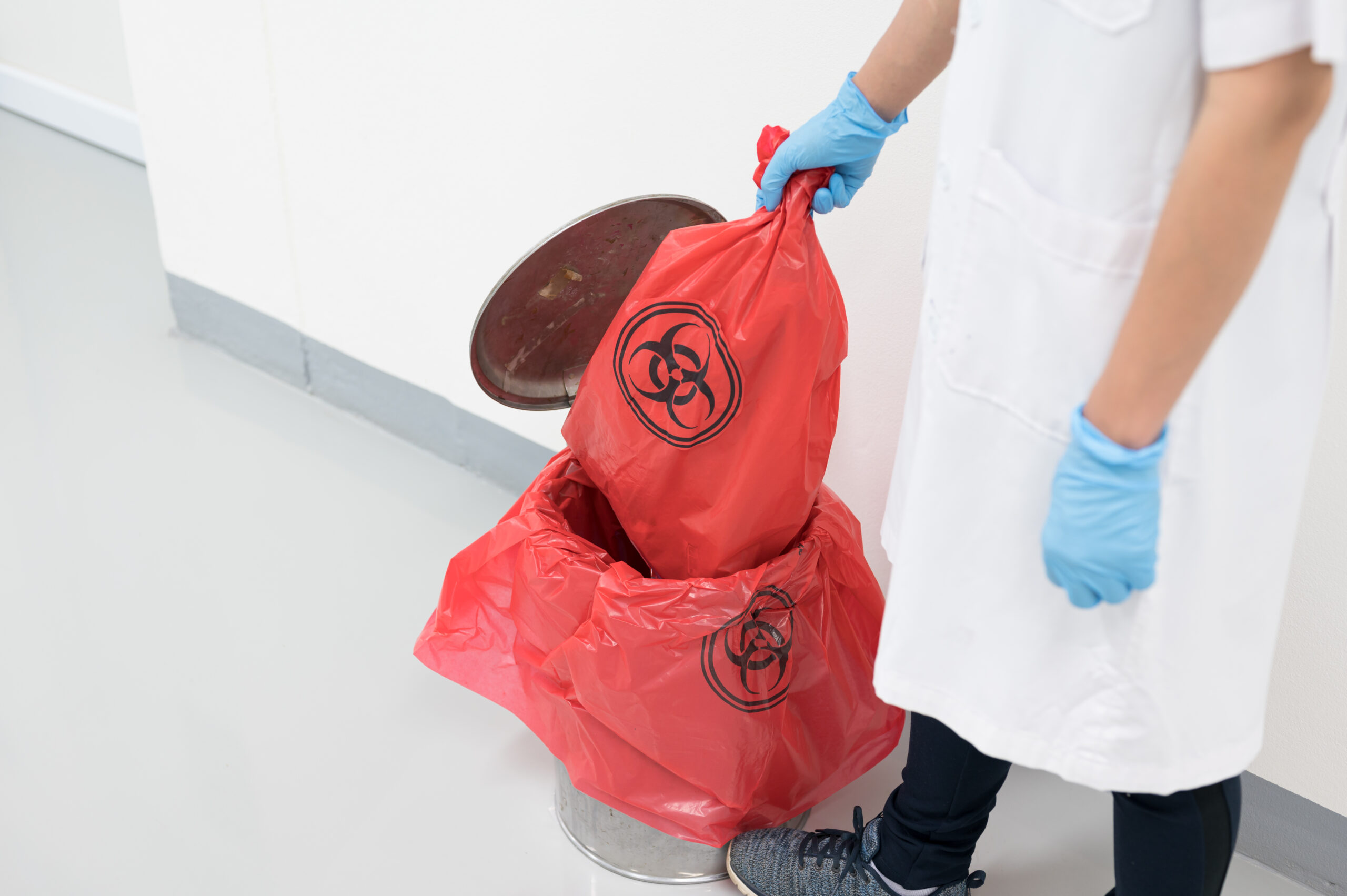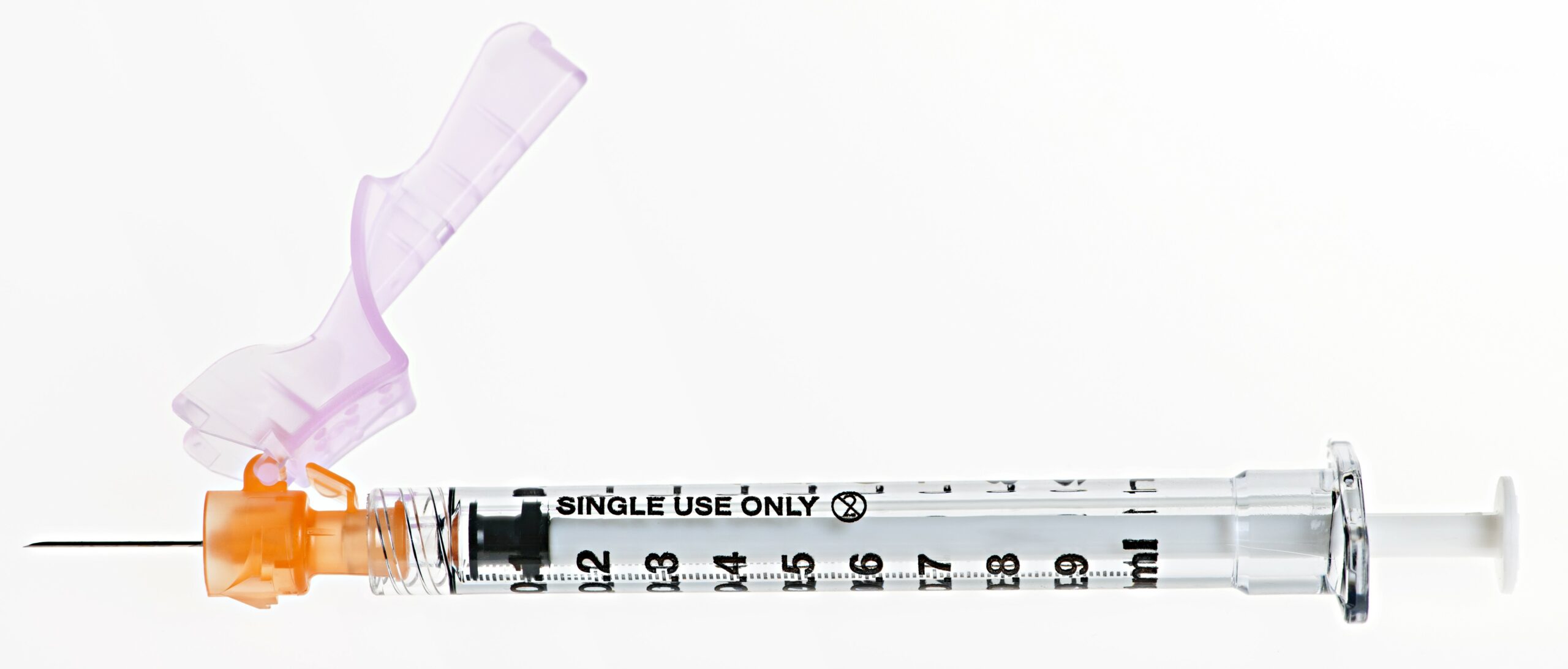Learning Objectives
Learning Objectives
At the end of this section, the learner will:
- Understand the purpose of work practice controls.
- Understand the goal of engineering controls.
- Explain the use of the OSHA Form 300.
Every work environment must have established procedures for reporting any exposure to bloodborne pathogens. Employees should be made aware of these procedures.
Work practice controls are written policies and procedures that ensure the employees’ safety from hazardous or biohazard exposure. Policies should include the following:
- Procedures for the prompt removal and disposal of used PPE and procedures to isolate contaminated areas and prevent exposure
- Directions for disposal of sharps in a needle or sharps container to avoid needlestick injuries
- Controls for preventing blood or other hazardous chemical splatters towards people
- Measures that ensure employees refrain from eating, drinking, or apply makeup in possible biohazard exposure areas
- Procedures for decontaminating, cleaning, and disinfecting areas in the workplace
- Hand hygiene policies

Disposing of Biohazard Trash
Engineering controls are safety measures that are implemented to remove potential hazards from the workplace. Engineering controls often involve placing equipment (such as sharps containers) or intentionally designing the workplace for safety. Examples of engineering controls include:
- Acquisition of safe needles such as retractable needles or needles with safety sheaths
- Placement of biohazard disposal bins
- Biohazard labels
- Acquisition of safe medical devices
- Locating personal protective equipment so that it is readily available

Needle and Syringe With a Safety Cap
Depending on the level of exposure in a work environment, an entry on the Occupational Safety and Health Administration (OSHA) Form 300, Log of Work-Related Injuries and Illnesses, may be required. The exposure should be reported to the supervisor, who can then give instructions about proper procedures and next steps specific to the particular type of exposure. This may also include a confidential medical evaluation. Employee records and details of exposures and injuries in the workplace are to be kept private.
Download Occupational Safety and Health Administration (OSHA) Form 300 PDF
OSHA maintains standards for the healthcare workplace that specify all the protections employees should expect to receive from employers related to occupational risks. Employers are required to maintain a safe workplace by meeting these OSHA standards. For more information on the specific standards for healthcare occupations, see the OSHA website at https://www.osha.gov/healthcare/standards
Key Takeaway
The OSHA FORM 300 is used by employers to report infectious exposures.